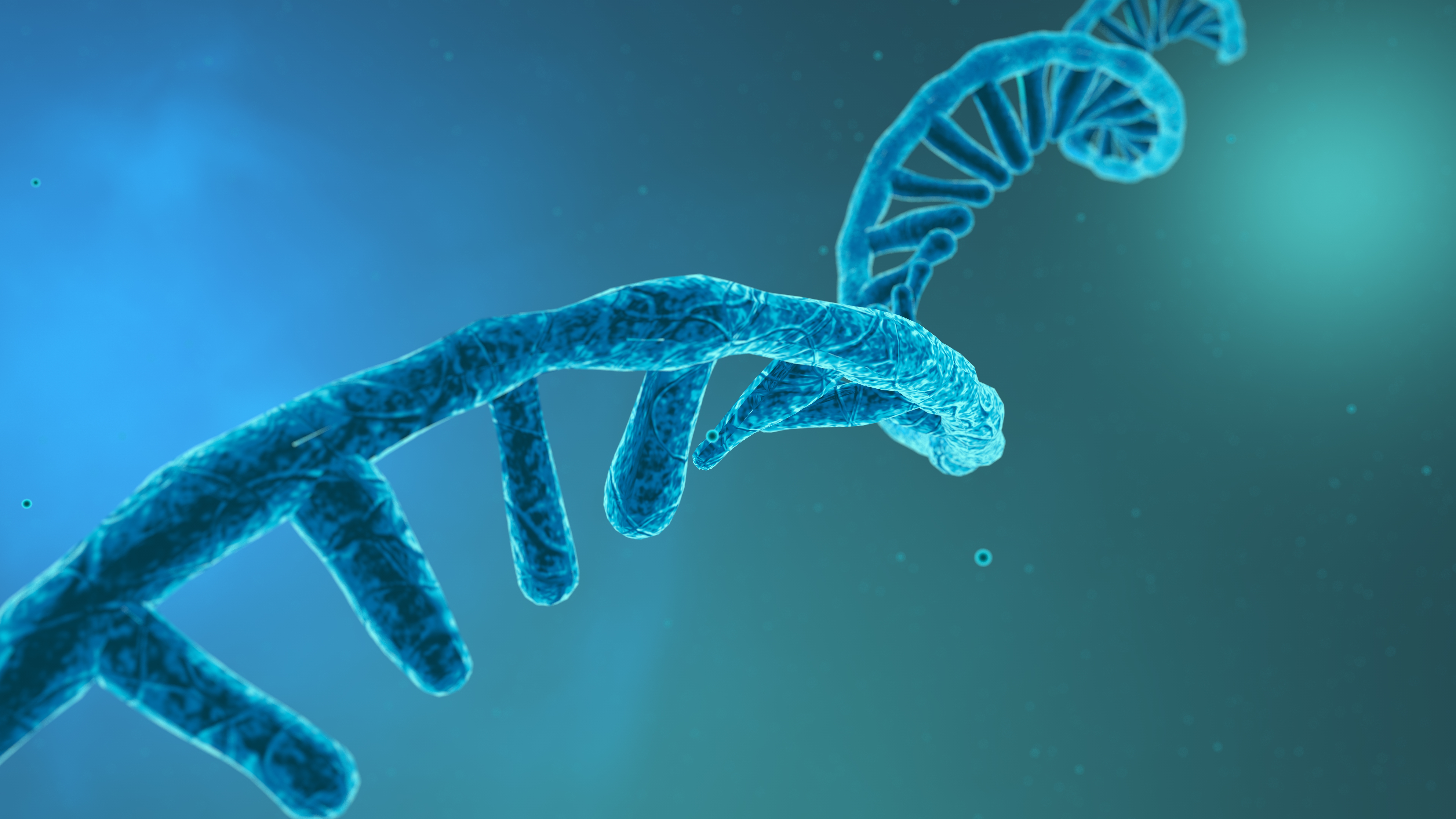Importance of working with RNA
The study of RNA and the use of RNA has accelerated in recent decades. There are many types of RNA, some are fundamental parts of protein synthesis while others are crucial parts of regulation. Many viruses have RNA genetic material and RNA has also been found to facilitate post-translational modifications (PTM), which have been found to change during aging and cancer. Recently mRNA has been of particular interest to the world in the making of the most effective vaccines against SARS-CoV-2.
How to work with RNA
When working with RNA one must be very careful not to introduce RNases anywhere along the way. RNases can be difficult to avoid as they are found on our own skin. Scientists will purchase RNase free media and reagents to ensure no initial contamination. With the proper precautions, RNA is easy and interesting to work with. Most laboratories will designate a specific section of the laboratory for working with RNA, versus other biologicals. Those areas will be equipped with cleaning agents made to kill Rnases, and all materials and benches will be cleaned regularly. Gloves should be changed often as well as tips and vessels for transferring and holding RNA. Instead of regularly autoclaved water, diethyl-pyrocarbonate (DEPC) treated water is used because DEPC will deactivate Rnases.
Scaling up working on RNA
When scaling up RNA work one must carefully consider which techniques to use. It is valuable to choose a technique with an easy workflow to minimize potential contamination with Rnase and to not lose material. Magnetic beads are an ideal technique for scaling up working with RNA. The benefits of using biomagnetic separation to work with RNA is simplicity of the workflow and the availability of modern biomagnetic separation systems which are able to efficiently process volumes ranging from milliliter to tens of liters. One can bind large amounts of RNA and not lose material through the process with this system.
Working with RNA long-term
There are a few rules for long term use and storage of RNA, some are similar to other biological molecules. First, freezing and thawing of samples repeatedly should be avoided. It is best to make and freeze many aliquots once and thaw single use RNA containers as needed. In a regular buffer or water which is RNase free, RNA can be stored at -80 degrees celsius. Many say that this keeps the RNA from the degrading for about a year.
Integrity of RNA
RNA is more unstable than DNA, so the quality of the RNA needs to be considered when working with RNA over time. There are several ways to check the quality and quantity of your RNA. Two values of UV absorbance can be used to quantify the amount of RNA present and check for the purity of your sample. UV absorbance can be measured with a simple device such as a nanodrop. Fluorescent dyes that bind to RNA can offer even more sensitive detection of your RNA. Lastly, one can also run an acrylamide or agarose gel to look at where their RNA migrates and whether that changes with time. When properly working with RNA it can be used as a tool to to discover crucial biological mechanisms, or commercially produced for vaccines.





